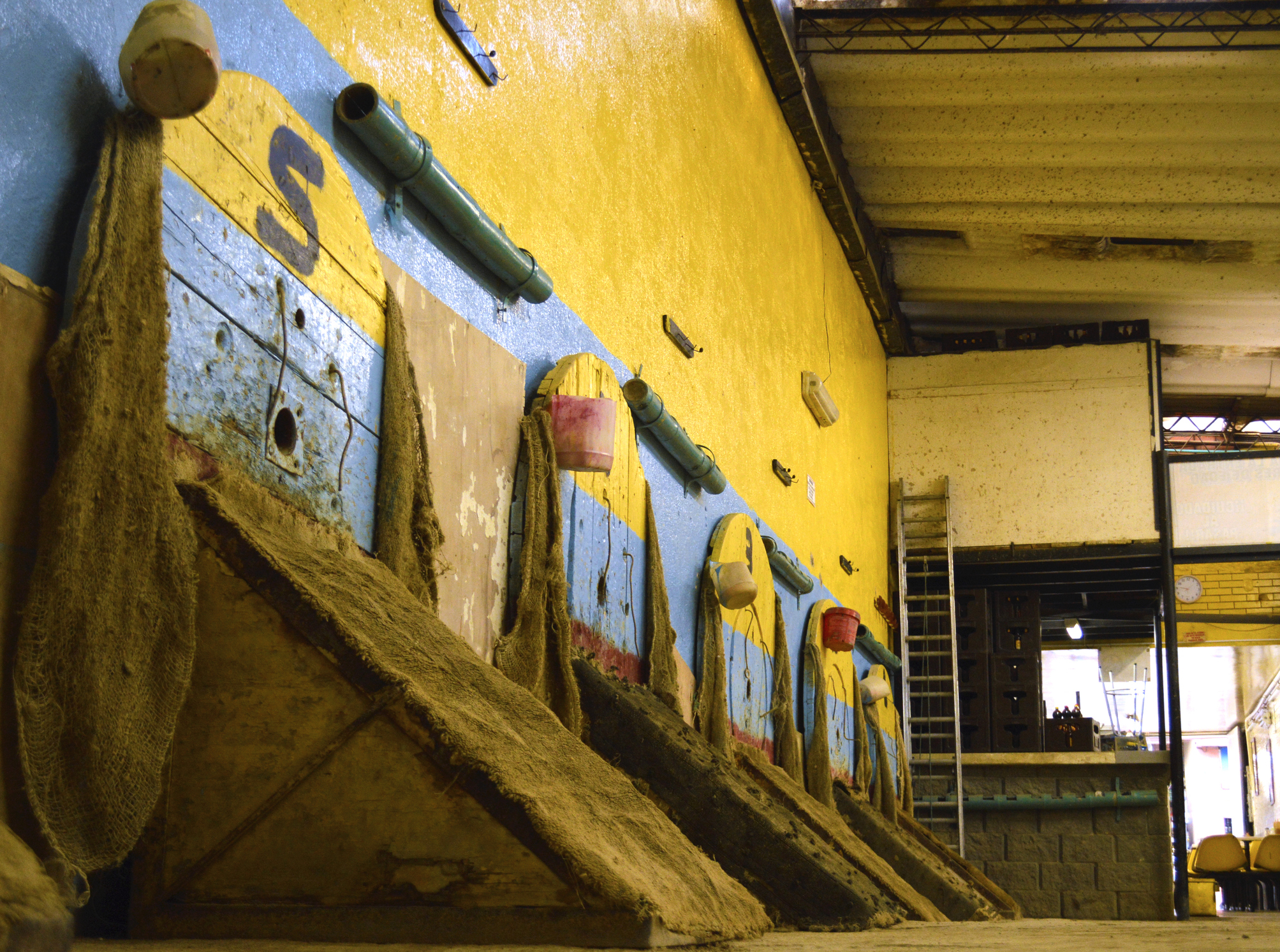In the vibrant cultural tapestry of Colombia, tejo stands out as one of the country’s most fascinating and traditional native sports. With deep roots in indigenous history, tejo is not just a game but a celebration of Colombian culture and community. This sport combines skill, strategy, and a festive spirit, making it a unique experience for both players and spectators. In this blog, we’ll explore the history, rules, and culture surrounding tejo, as well as its growing popularity and its role in Colombia’s national identity.
A Journey Through Time
Tejo has its origins in the ancient indigenous cultures of Colombia, where it was played with stones and holes in the ground. It is believed that the game was a form of ritual and celebration, played during community events. The modern version of tejo, as we know it today, has evolved over the centuries, but it still retains the spirit of its ancestral roots.
The Spanish conquerors also played a role in the evolution of tejo. During the colonial period, the game adapted and integrated European influences, while still preserving its traditional elements. Today, tejo is an integral part of Colombian cultural identity and is played across the country, from large cities to the most remote corners of the region.
Rules and Dynamics of the Game
Tejo is played on a rectangular field, usually outdoors, with a standard distance of 20 meters between the two throwing points. The objective of the game is to throw a metal disc, known as a “tejo,” towards a target located in the center of the field, which is marked by a circle of clay or earth. The target contains a series of “mechas,” or small explosives, which explode with a characteristic sound when hit by the tejo.
The basic rules of tejo include:
- Throwing: Players take turns throwing the tejo from a designated throwing line. The goal is to hit the center of the circle or, preferably, to make the mechas explode.
- Scoring: Scoring is based on how close the tejo lands to the target and whether the player manages to make the mechas explode. The scoring system varies depending on the region and competition.
- Turns: The game is played in turns, and the team or player with the highest score at the end of the match wins.
In addition to precision and technique, tejo also requires strategy and good timing, making the game as exciting as it is challenging.

Tejo and Colombian Culture
Tejo is not just a sport; it’s a vibrant expression of Colombian culture. Tejo competitions are important social events that bring together friends and families to enjoy an afternoon of fun, music, and food. “Canchas de tejo” (tejo courts) are often found in places like parks, community centers, and sometimes in venues dedicated exclusively to the game, known as “tejerías.”
During tournaments, tejo is the main attraction, but around the field, festivities take place that include traditional music, dancing, and typical foods such as arepas and empanadas. Camaraderie and a festive spirit are as important as the game itself, turning tejo into an occasion to celebrate life and Colombian traditions.
Today
Although tejo has a strong connection to tradition, the sport has also evolved to adapt to modern times. Tejo leagues and federations have been established to organize competitions at local, national, and even international levels. These organizations work to promote the sport and preserve its traditions while introducing it to new audiences.
In recent decades, tejo has gained popularity outside of Colombia, with tournaments and events being held in other countries and among Colombian communities abroad. This international expansion not only helps keep the tradition alive but also allows tejo to be enjoyed by people from different cultures and backgrounds.
Don’t hesitate to join in the fun and discover for yourself the charm of tejo!
Photos | diegograndi ; Alejandra Perez Alonso

